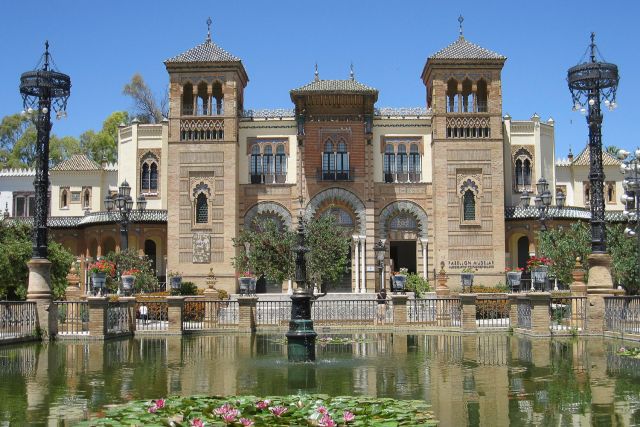
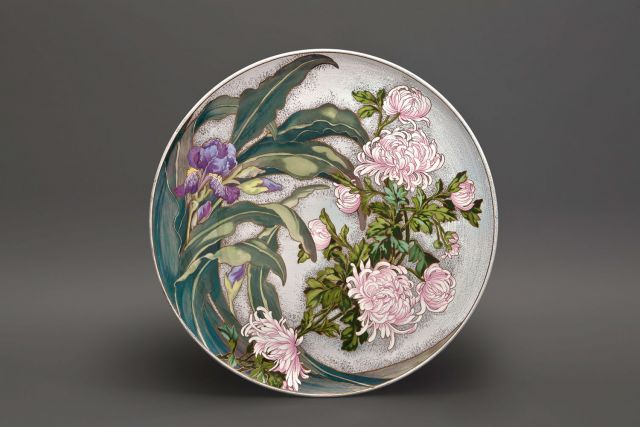
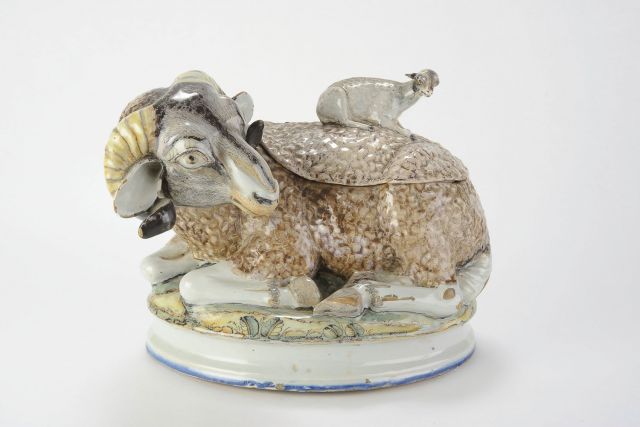
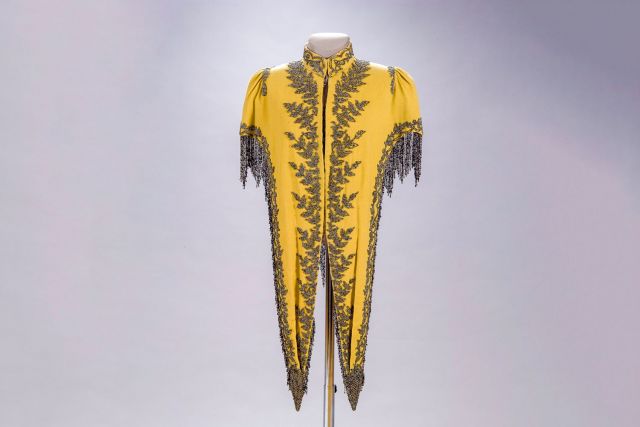
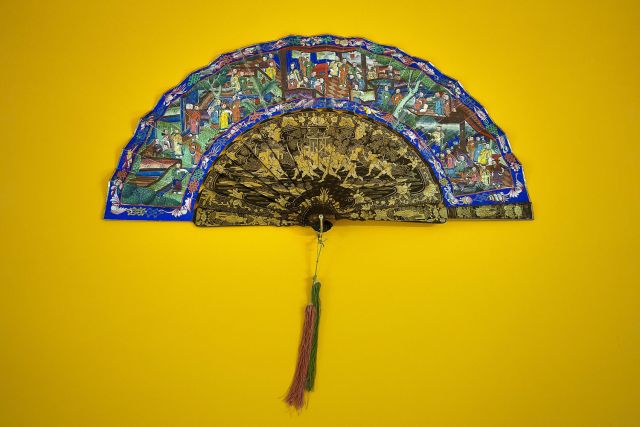
Museo de Artes y costumbres populares
- Seville, Spain
- Museum
- Recommended by Ana Maria Abascal & Patricia Medina
Tuesday to Sunday 09:00 - 15:00 (16th June to 30th September); Tuesday to Saturday 09:00 - 21:00, Sunday 09:00 - 15:00 (1st October to 15th June)
+34 955035325
The Museum of Arts and Popular Customs of Seville established in 1973 in the Mudejar Pavilion of the María Luisa Park, a splendid building designed by the architect Aníbal González for the 1929 Hispano-American Exhibition. The museum is dedicated to the tangible and intangible ethnological heritage of Andalusia. All the exhibited objects document the customs, wisdom, and ways of living of the traditional culture of this region of southern Spain, home to Moorish monuments, fine arts and flamenco.
The museum’s collections include ceramics, tiles, clothing, furniture, domestic utensils, and metalwork, among other craft activities of Andalusia. Noteworthy is its permanent exhibition: an assortment of lace and embroidery of the Díaz Velázquez family. With over 6000 pieces, they consider it one of the most important in Europe. Other relevant collections of the museum are the Soria set of oriental porcelain and ivory and the Gestoso ceramics selection.









